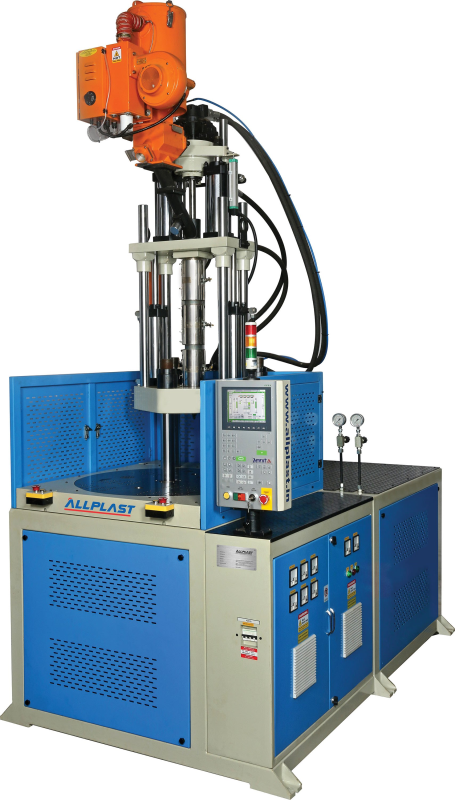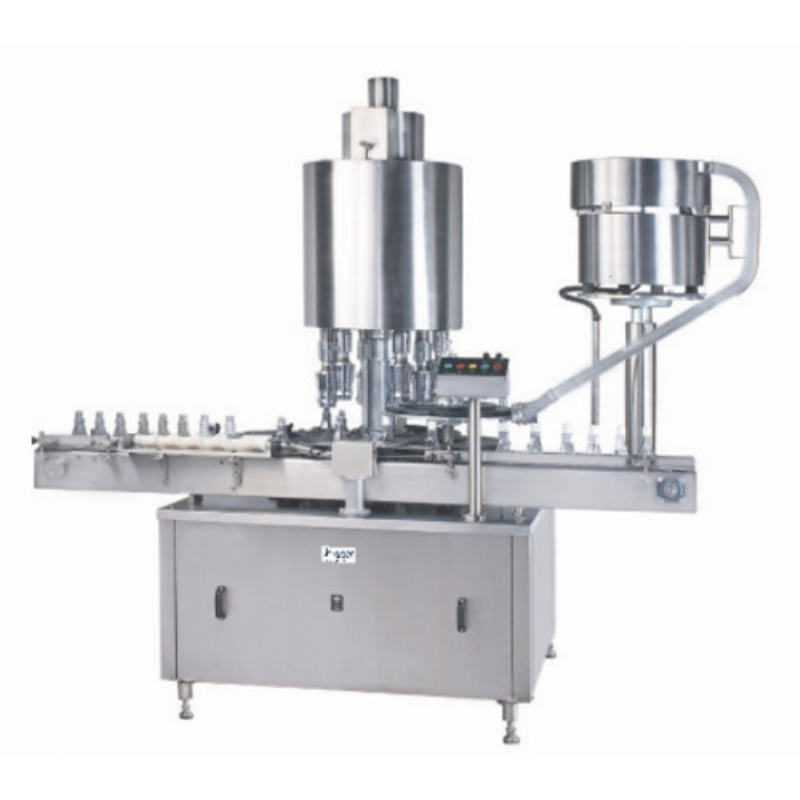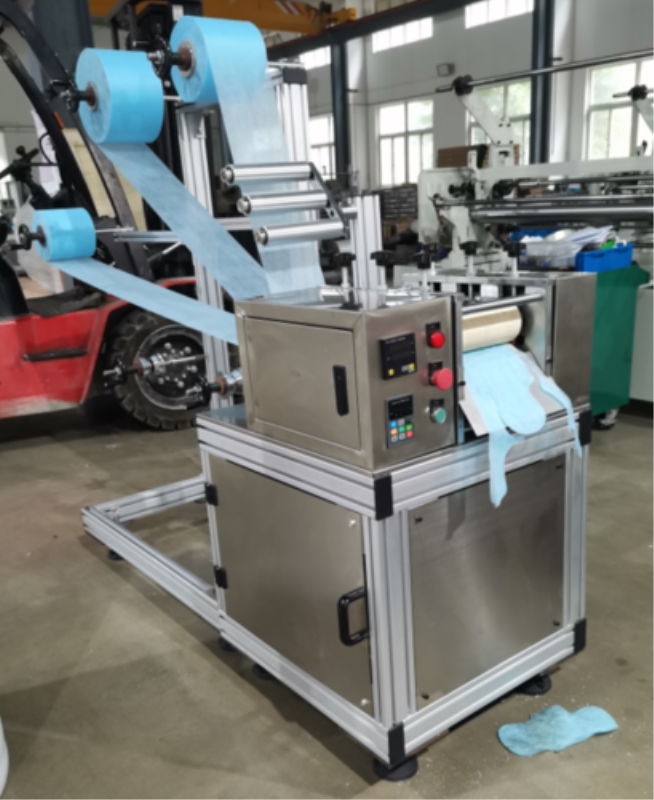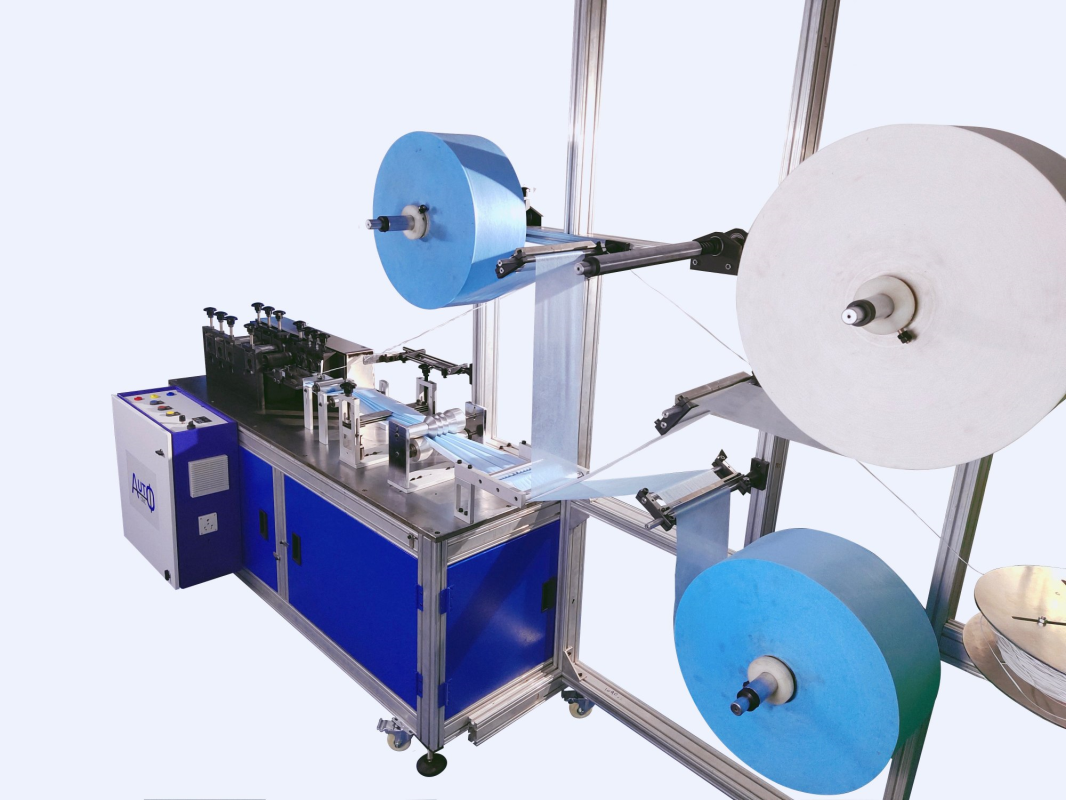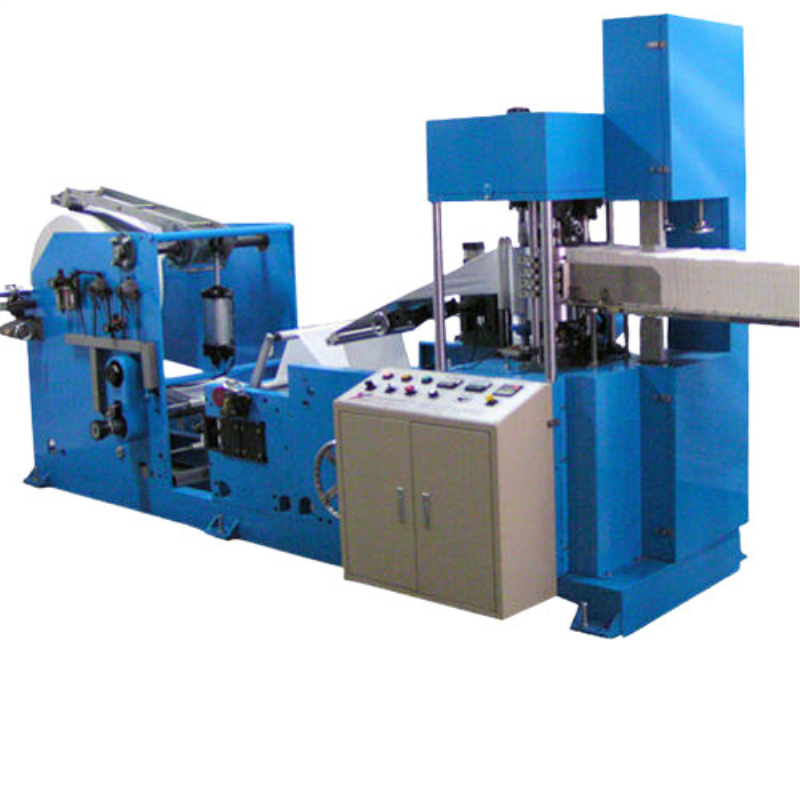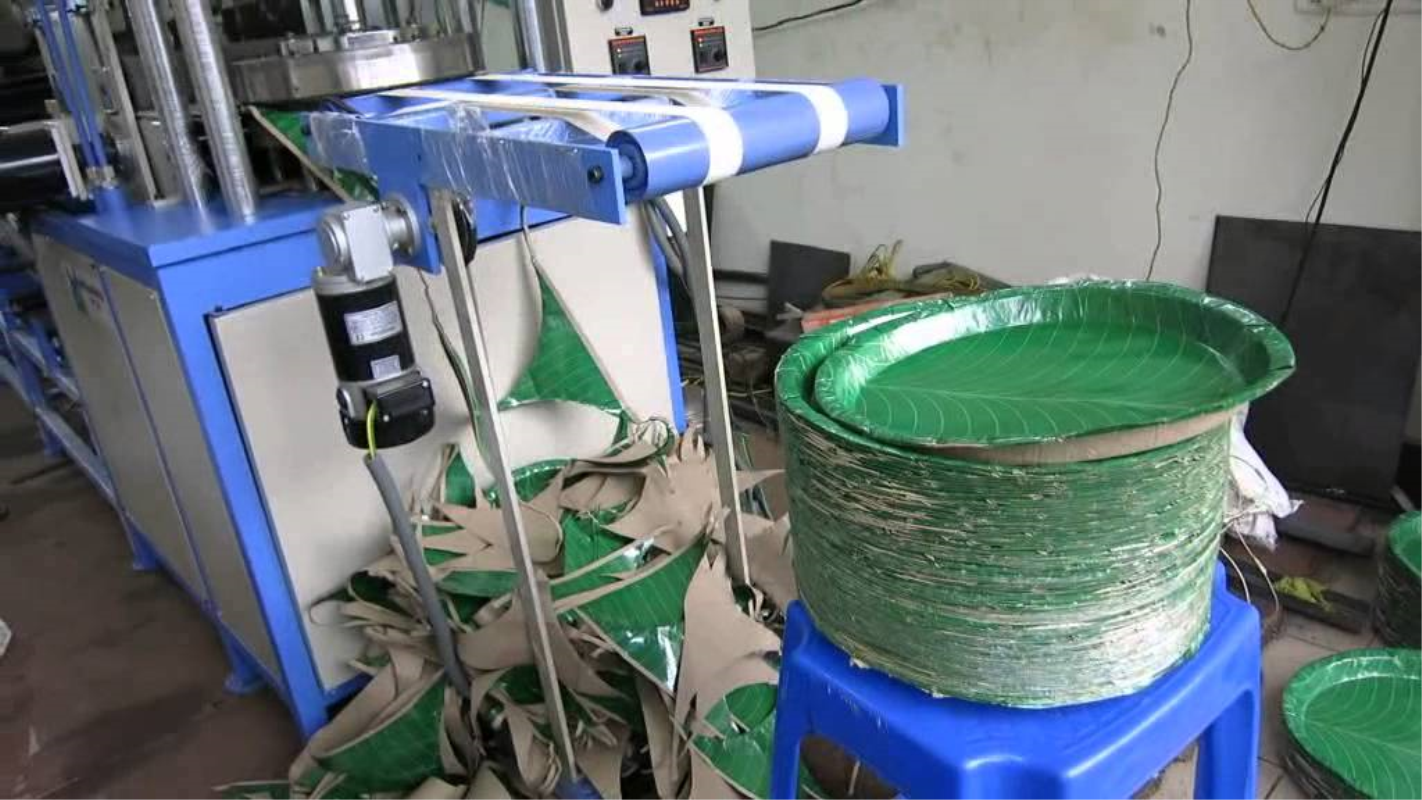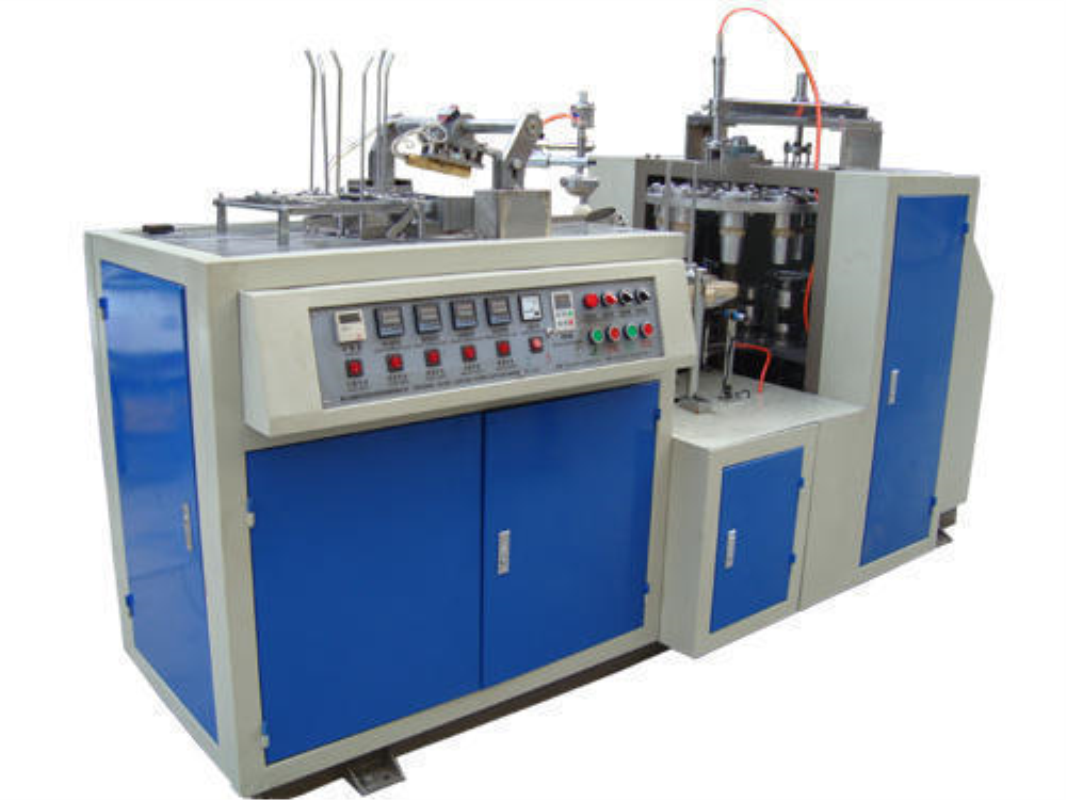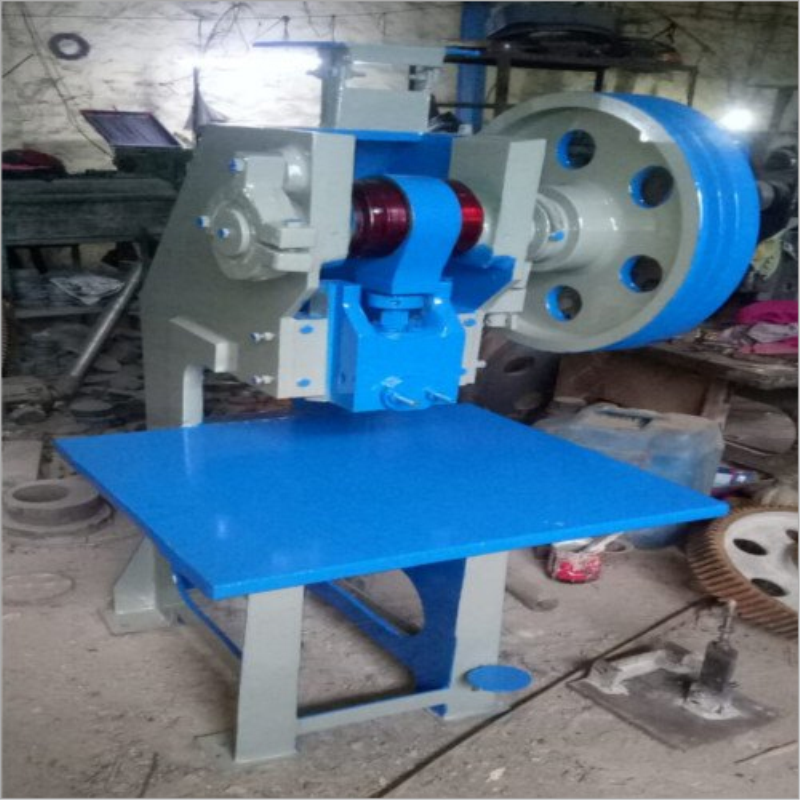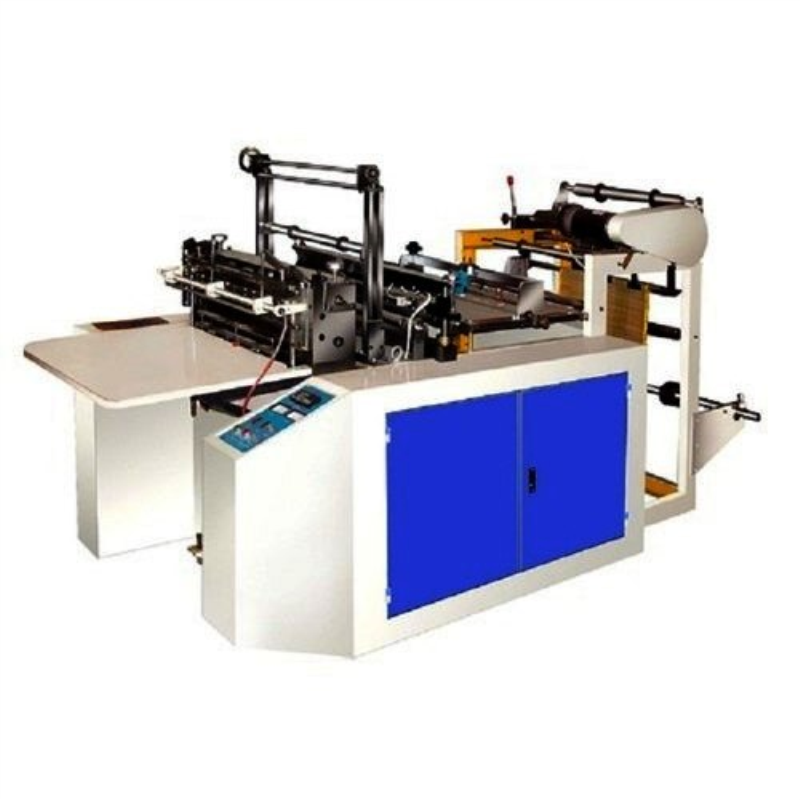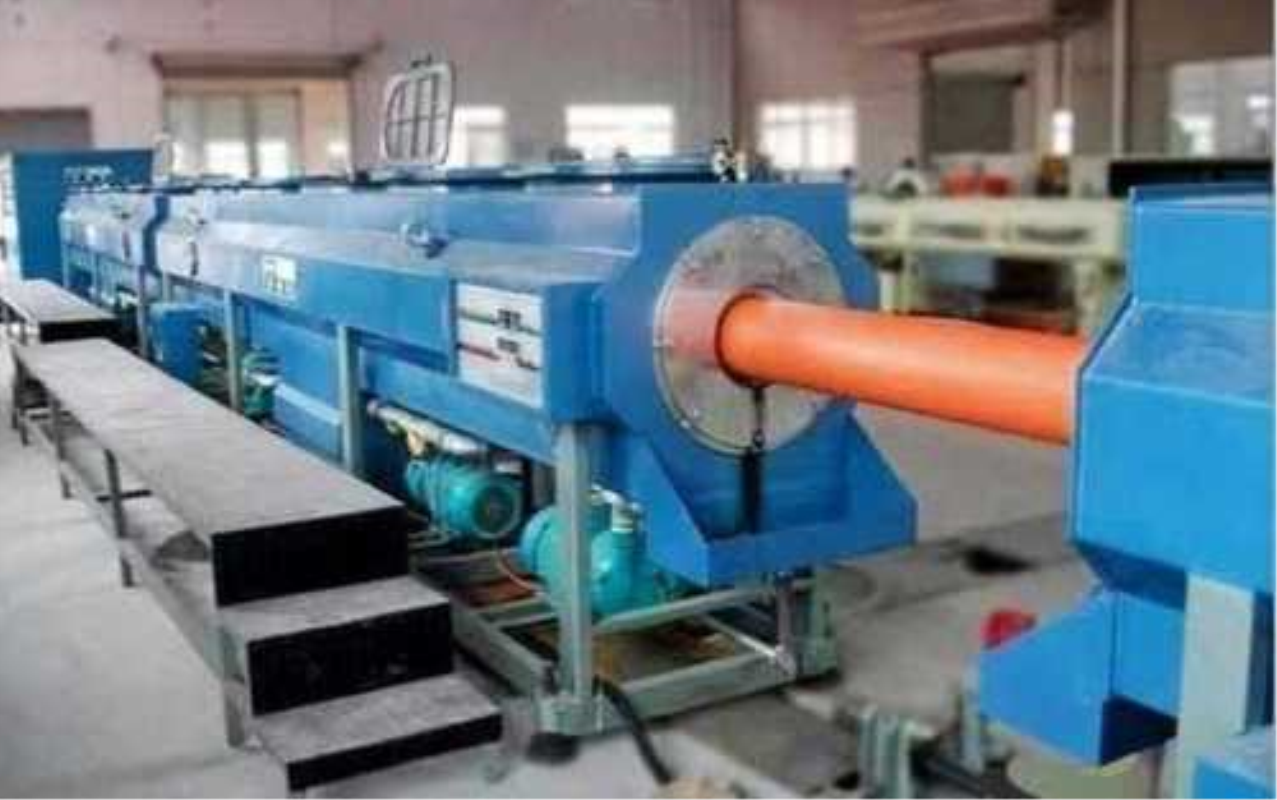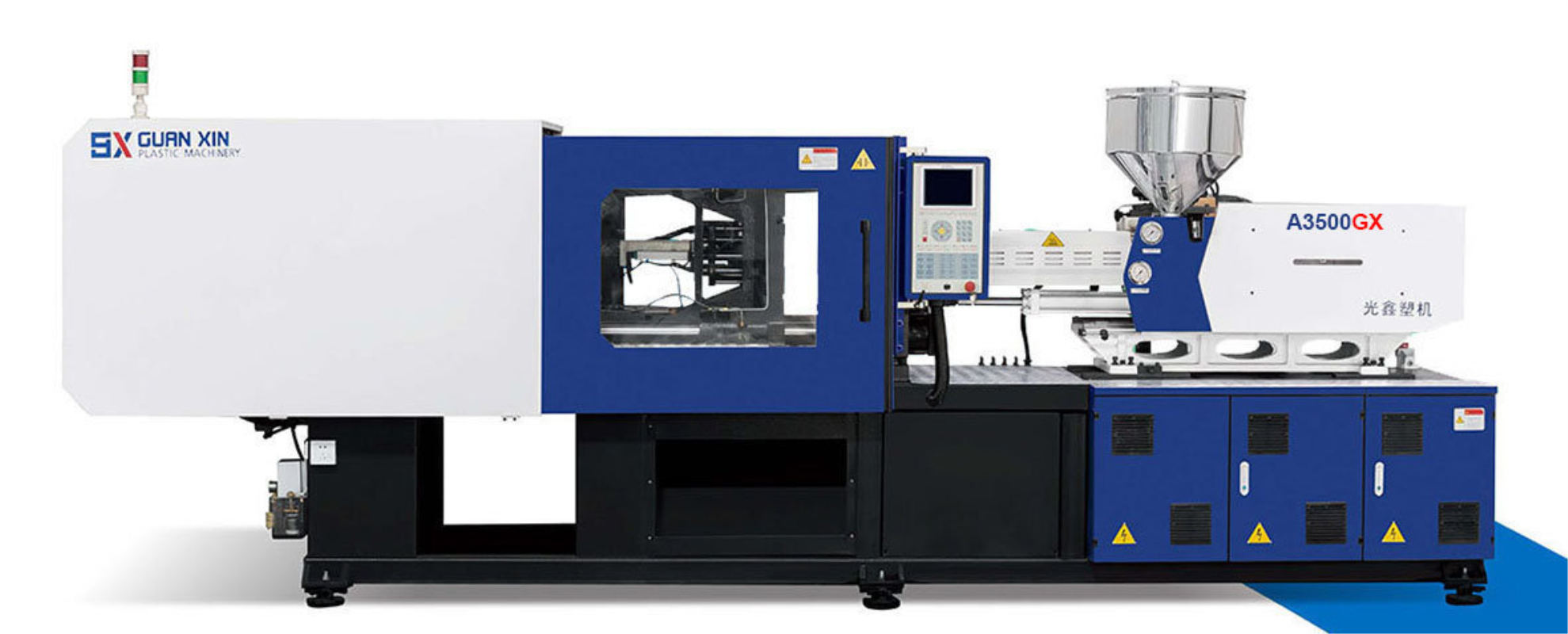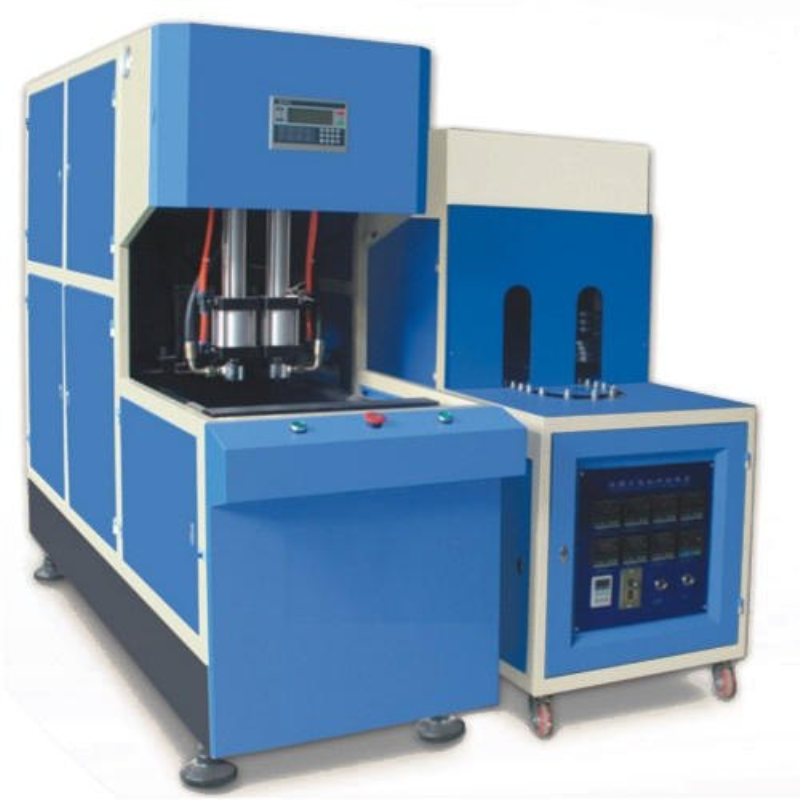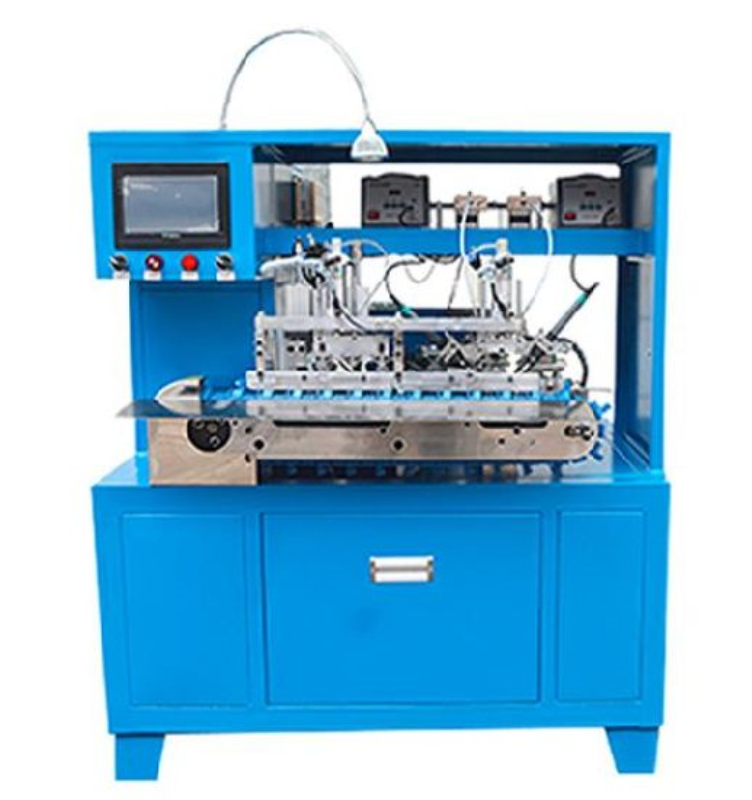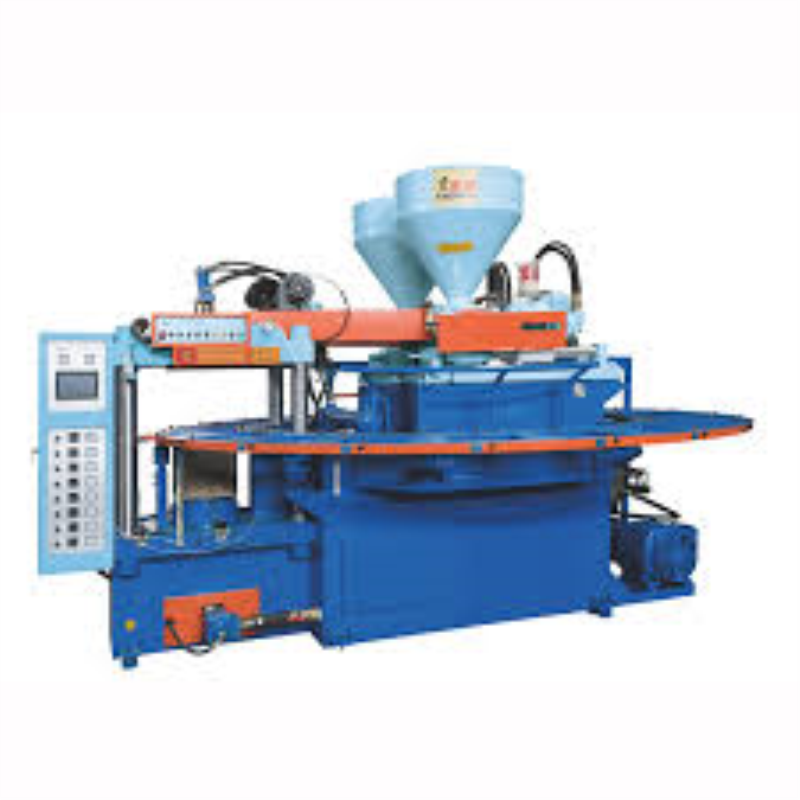LED Bulb Machine – Advanced Solutions for Efficient Bulb Production
An LED bulb machine, also known as an LED bulb manufacturing machine, is a specialized piece of equipment used for the automated production of LED (light-emitting diode) light bulbs. These machines play a critical role in the lighting industry by enabling the efficient and consistent production of energy-efficient LED bulbs that are widely used for various lighting applications.
Here's a more detailed overview of the components and operation of an LED bulb machine.
Components of an LED Bulb Machine
- LED Mounting Unit: This unit places individual LED chips onto the circuit board. The placement of LEDs on the board determines the light output and distribution of the bulb.
- Soldering or Bonding Unit: Once the LEDs are placed on the circuit board, this unit solders or bonds the LED chips to the board to ensure electrical connection.
- Housing Assembly: The machine assembles the bulb's housing, which may include components such as the heat sink, diffuser, and any necessary connectors.
- Wiring and Electronics: The machine attaches the necessary wiring and electronic components to the circuit board to ensure proper functionality and control of the LED bulb.
- Encapsulation and Sealing: The LED bulbs often require encapsulation or sealing to protect the components from environmental factors and ensure longevity.
- Testing and Quality Control: Some machines include testing mechanisms to verify the functionality, performance, and quality of the LED bulbs.
- Packaging: The finished LED bulbs are packaged for distribution, often with protective materials to prevent damage during transportation.
Operation
- LED Placement: The machine places individual LED chips onto the circuit board according to the desired pattern and configuration.
- Soldering or Bonding: The LED chips are soldered or bonded to the circuit board to ensure proper electrical connection.
- Housing Assembly: The machine assembles the bulb's housing, including components like heat sinks and diffusers.
- Wiring and Electronics: Wiring and electronic components are attached to the circuit board to enable control of the LEDs.
- Encapsulation and Sealing: The machine encapsulates or seals the components to protect them from environmental factors.
- Testing and Quality Control: Some machines incorporate mechanisms to test the LED bulbs' functionality, performance, and quality.
- Packaging: The finished LED bulbs are packaged for distribution.
Key Considerations
- LED Chip Type: Different LED bulbs use different types of LED chips, each with varying characteristics in terms of brightness, color, and energy efficiency.
- Light Output and Distribution: The arrangement of LEDs on the circuit board affects the bulb's light output and distribution.
- Color Temperature and CRI: Different LED bulbs offer different color temperatures and Color Rendering Index (CRI), affecting the quality of light produced.
- Customization: Some machines allow for customization of bulb design, such as bulb shape, color, and features.
- Energy Efficiency: LED bulbs are known for their energy efficiency and long lifespan compared to traditional incandescent bulbs.
- Quality Control: Ensuring consistent quality is important to produce reliable and long-lasting LED bulbs.
LED bulb machines play a significant role in the lighting industry's shift toward more energy-efficient and environmentally friendly lighting solutions. They contribute to reducing energy consumption, lowering maintenance costs, and promoting sustainable lighting practices.

